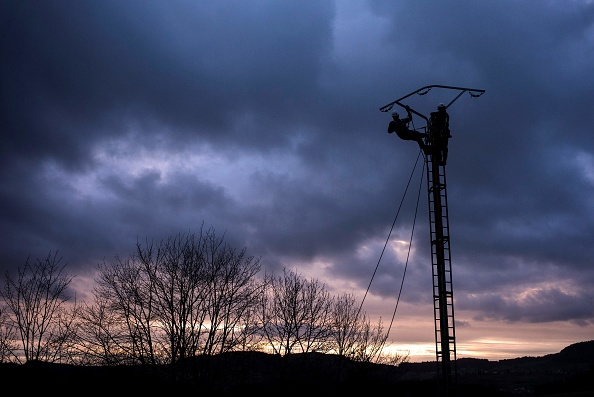Government sets out scope for probe into National Grid outage

The government has laid out its plans to probe National Grid over a blackout which left almost 1m homes without power and closed two major train stations in London last week.
The Energy Emergencies Executive Committee will look into whether National Grid, which runs most of Britain’s power network, took the right steps after the power cut.
Read more: What was behind Friday’s National Grid outage? Network theory, not conspiracy
The committee will also examine what caused the outage, and how to avoid a repeat. It will report to business secretary Andrea Leadsom within the next three months.
She said: “National Grid has already confirmed that the incident was not linked to the variability of wind power, a clean, renewable energy source that the government is investing in as we work towards becoming a net zero emissions economy by 2050. Friday’s incident does however demonstrate the need to have a diverse energy mix.”
What happened?
Engineers are currently battling to figure out what happened on Friday, when the lights went out across parts of the south.
The outage happened when a gas-fired power station in Bedfordshire disconnected from the grid at the same time as the Hornsea wind farm, near Hull. The grid lost around five per cent of demand.
As a result, frequencies on the grid changed more than the system could cope with, triggering the National Grid’s automatic backup protection system. It then disconnected certain customers to protect supply elsewhere.
The key question for engineers is now whether the simultaneous outages were a coincidence, or whether one triggered the other, said analysts at Aurora Energy Research.
If they happened independently the events are likely to be very rare, Aurora said. However if they are discovered to be linked that could cause a headache for the grid operator.
“Not Argentina”
In a blog post on Linkedin National Grid chief executive John Pettigrew on Monday said that thousands of people across the industry are working to understand what happened.
It is Britain’s biggest power cut since 2008, and Pettigrew was keen to stress that “the UK is not Argentina”. He added: “Power cuts are actually 60 per cent less frequent than they were when I started working at National Grid back in 1991.”
However the chief executive has since struck a more combative tone, calling on the government to investigate why the regional networks allowed power to be re-routed away from hospitals and railways during the blackout.
“My view is the broader investigation absolutely needs to look at the prioritisation of demand,” he told the Financial Times. “The network was back and in normal operation within seven minutes but the disruption was massive, so it’s absolutely critical we look at the prioritisation of demand.”
Nationalisation
Labour renewed its calls to nationalise the grid after the power cut.
Shadow business secretary Rebecca Long-Bailey yesterday said: “Many people are under the impression that the grid is publicly owned – which would be the natural assumption.
Read more: Government launches probe into massive power cut
“Labour will take it back into public hands so it gets the investment it needs to secure our energy system.”
Shares in National Grid are down nearly two per cent since its close on Friday.
Main image credit: Getty